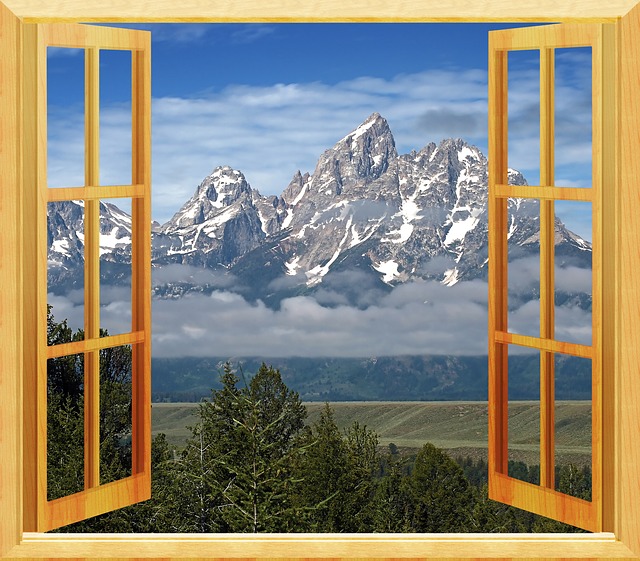4.1 Fourier’s law: exercise 2 (example)
This second exercise is about a CEO living in a hot country near the equator. She is trying to decide whether she should install windows made out of plastic in her building, instead of the glass windows it has now. Can you help her?

The building contains 300 square meters of window and the director wants to constantly keep the inside of the building at 10°C below the outside temperature. The current energy bill, with the glass windows, is €20,000 per year on average. If she would decide to install the plastic windows, this would cost her €150 per squared meter of window. Of course, there are also some benefits to placing synthetic windows, since they allow less heat to transfer.
The properties of the two types of windows are:
Glass: thermal conductivity coefficient λ = 0.8 W/(m°C) and thickness d = 4 mm
Plastic: thermal conductivity coefficient λ = 0.3 W/(m°C) and thickness d = 2 mm



